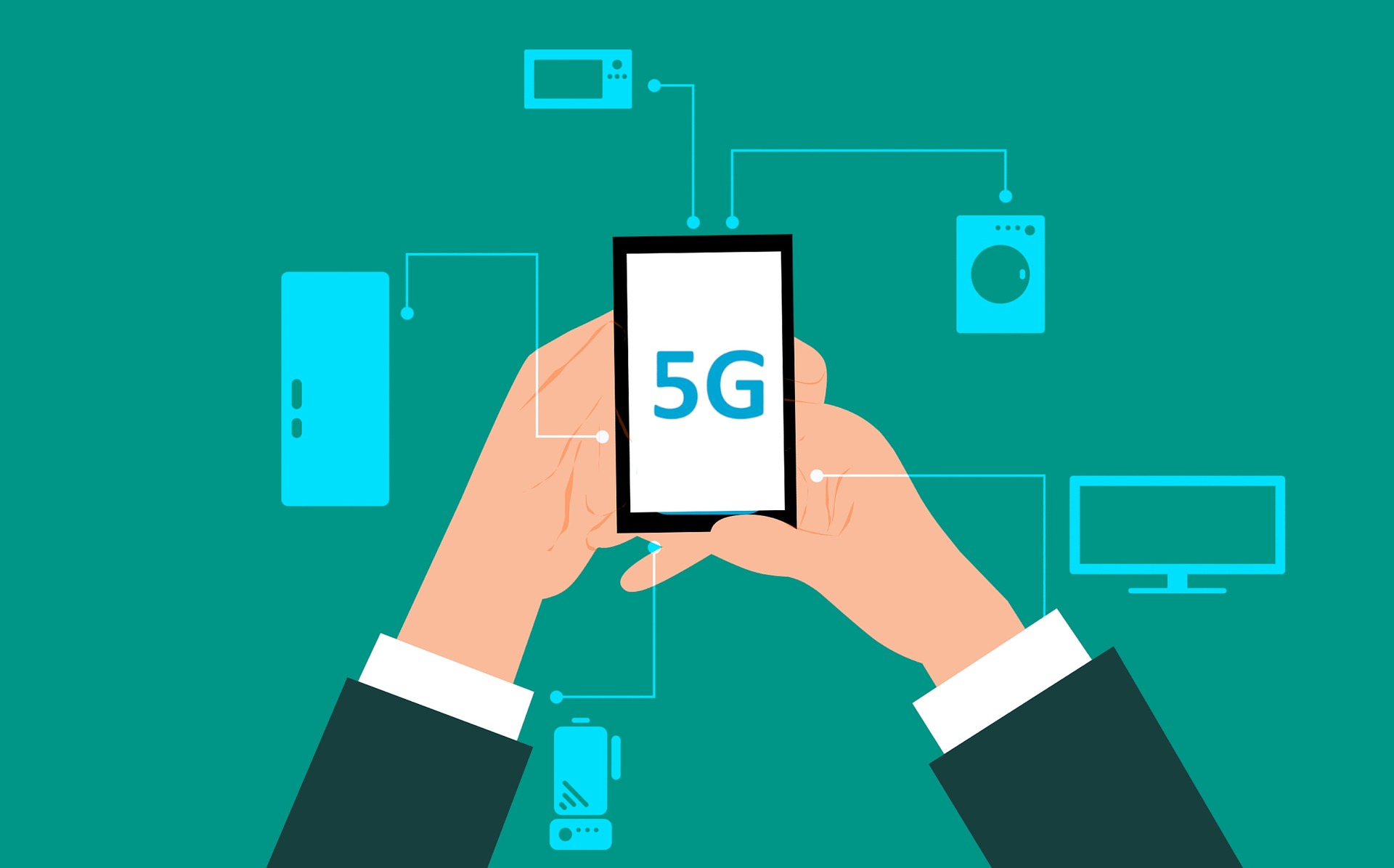5G technology is the unofficial buzzword in the tech community ever since it was introduced to the mainstream in 2019. Promising ultra-fast speeds with low latency, 5G technology has gotten us all excited about the possibilities with the new generation of mobile network.
In the Philippines, both Globe and PLDT have started launching their 5G networks in major cities, and the newest phone releases are now positioning themselves as 5G-compatible. But exactly how far along are we in bringing 5G technology to every corner of the country?
In this article, we’ll take a look at what 5G really is, where can you connect to a 5G network at present, and what can we expect to see about the Philippines’ 5G connectivity in the near future.
What is 5G technology?
In simple terms, 5G is the new generation of cellular network technology that is designed to be faster, more capable, and more reliable than the previous mobile networks. 4G (also known as LTE) connected the world and changed the game when it was introduced in the late 2000s. But with the influx of people using the Internet and with the Internet of Things (IoT) technology continuously expanding, there is a need for a faster, stronger network to cater to the growing demand.
This is where 5G enters the picture. 5G technology is expected to deliver crazy speeds – with peak data rates of up to 20 Gbps! – almost 10 to 20 times faster than the current 4G. It also promises negligible latency, the time it takes to pass information between devices, so you can go stream or play games with real-time instantaneous access.
Another big difference between 5G and LTE is the bandwidth size. Where LTE is limited to 4,000 devices per square kilometer, 5G can support around 1 million. Because of this tremendous capacity, more and more people and devices can connect to the network without experiencing any interruption or slowing down.
What does all of this mean for us consumers? 5G technology will usher in a new era of connectivity in the country, with the speed, efficiency, and capacity that we have been asking for from our current networks.
Is 5G already available in the Philippines?
The long wait is over as you can already try out the 5G network in select locations within Metro Manila. 5G has already been launched in strategic areas within the central business districts of Ortigas, Makati, and Bonifacio Global City (BGC).
Also covered are major mall locations like Araneta City, SM Megamall, and the Mall of Asia Bay Area, as well as high-traffic areas like North Avenue in Quezon City and Taft Avenue in Manila. The service is also live at Clark Green City in Pampanga.
By the end of 2020, virtually all of Metro Manila is expected to have 5G connectivity. By 2021, Globe and PLDT will also start looking to expand the 5G network to more areas outside of Metro Manila and all over the country.
Which phone releases are 5G-capable?
To start using the 5G network, you need to have a 5G-capable phone and your current 4G/LTE Sim that’s compatible with the network, and you need to be within the area covered by the 5G network.
So far, here are the 5G-capable phones available in the Philippines that you can buy if you want to be an early 5G adopter:
- Huawei Mate 30 Pro
- Huawei P40 Series
- Huawei Nova 7 Series
- Samsung Galaxy Note20 Series
- Samsung Galaxy S20 Ultra
- Xiaomi Mi 10 Series
- Xiaomi Black Shark 3
- OnePlus 8 Series
- OnePlus Nord
- Vivo X50 Pro
- ASUS ROG Phone 3
What can we expect from 5G connectivity in the future?
5G technology in the Philippines is still in the earliest of stages, so don’t throw your 4G phones just yet! The network’s coverage remains confined to outdoor areas within the central business districts, and the speeds, while much faster than LTE’s, do not yet reach the promised data rates.
But within the next few months, we shall expect to see a much wider coverage to most of Metro Manila and a more reliable network overall. And as the country’s telecoms continue to invest in building the infrastructures needed for the 5G network, more and more areas will be covered by 5G, with the end goal of the whole Philippines having access to the new network.
While there’s a long way to go, there’s so much potential in 5G to impact the different aspects of our everyday lives. It’s exciting to see where 5G will take us once it becomes available nationwide, and we can’t wait to see a Philippines more connected than ever.

